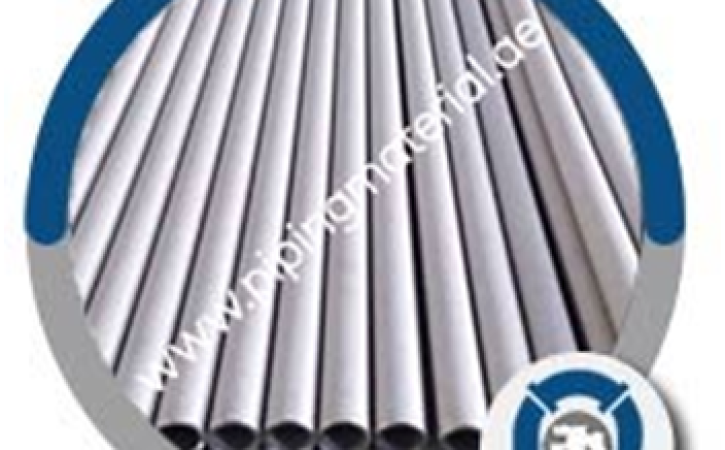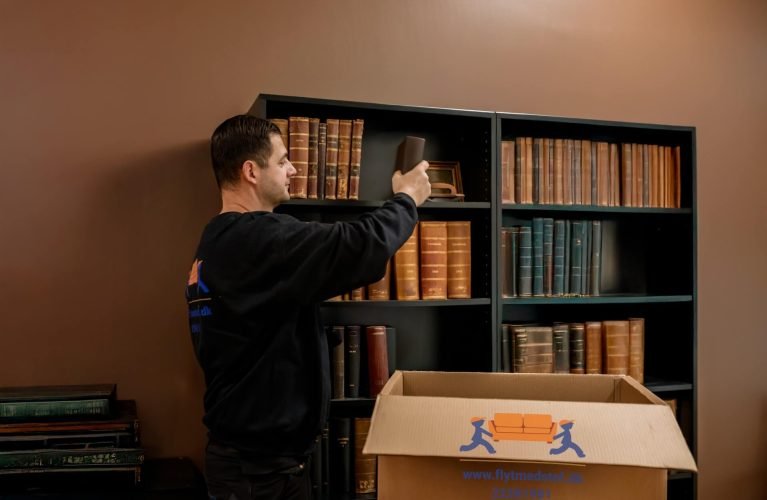
SA 213 tp316 heat exchanger tube
What is TP in TP316? (162)
It is a type of stainless steel alloy that is commonly used in various industrial and commercial applications. The “TP” in the name refers to “Tube and Pipe,” indicating that this type of stainless steel is primarily used for the production of tubes and pipes.
TP316 is known for its high corrosion resistance, strength, and durability. This makes it an ideal material for use in environments that are exposed to harsh conditions such as high temperatures, exposure to chemicals, and high levels of moisture. This alloy is also known for its excellent resistance to pitting and crevice corrosion, which are common issues in marine environments.
It is commonly used in the production of pipes and tubes for the oil and gas, chemical, and marine industries. It is also commonly used in the production of heat exchangers, pressure vessels, and various types of machinery. Additionally, this alloy is often used in the construction of buildings and infrastructure such as bridges and offshore platforms.
SA 213 tp316 heat exchanger tube
Which is better SA 213 tp316 or SA 213 tp316L heat exchanger tube? (130)
Both SA 213 tp316 and SA 213 tp316L are types of heat exchanger tubes made from a stainless steel alloy. However, the difference between the two is the addition of molybdenum in SA 213 tp316L. This addition improves the corrosion resistance of the alloy in specific environments.
SA 213 tp316 is known for its high corrosion resistance, strength, and durability. It is commonly used in environments that are exposed to harsh conditions such as high temperatures, exposure to chemicals, and high levels of moisture.
SA 213 tp316L, on the other hand, has improved corrosion resistance in specific environments such as marine environments and in situations where the alloy is exposed to high levels of chloride ions. This alloy is also known for its excellent resistance to pitting and crevice corrosion.
Where SA 213 tp316 heat exchanger tube used? (118)
These tubes are used in a variety of industries and applications, such as power generation, petrochemical processing, and oil and gas production. They are particularly useful in high-temperature and high-pressure environments, as they have excellent resistance to corrosion and wear. These tubes are typically made from a combination of chromium, nickel, and molybdenum, which give them superior strength and durability.
They are commonly used in heat exchangers, boilers, condensers, and other types of heat transfer equipment. Additionally, SA 213 tp316 heat exchanger tube is also used in the production of various types of chemical and petrochemical products. It is known for its ability to handle high temperatures and pressures, making it ideal for use in demanding industrial environments.
Does SA 213 tp316L heat exchanger tube rust? (149)
This is a type of stainless steel alloy that is typically used in heat exchanger tubes. Stainless steel is known for its corrosion resistance properties, which makes it a popular choice for applications where the material will be exposed to harsh environments.
The “L” in TP316L stands for “low carbon”, which helps to increase the corrosion resistance of the alloy by reducing the amount of carbide precipitation that can occur during welding. This alloy also contains molybdenum and nickel which gives it better corrosion resistance compared to other stainless steel alloys.
In general, SA 213 tp316L heat exchanger tube is considered to have very good corrosion resistance and is unlikely to rust under normal conditions. However, exposure to certain chemicals or high temperatures can cause corrosion to occur. It’s important to consult with a metallurgist or corrosion engineer to determine the suitability of this alloy for a specific application.
How do I import SA 213 tp316 heat exchanger tube without paying customs in Oman? (219)
Importing heat exchanger tubes, or any other goods, into Oman without paying customs can be illegal and can result in severe penalties. Customs laws and regulations must be followed to ensure compliance with international trade laws and to avoid any potential legal issues.
One way to legally import goods without paying customs is through a Free Trade Agreement (FTA) between Oman and the country of origin of the goods. Oman has FTAs with several countries including the United States, Singapore, and China, among others. If the goods originate from a country with which Oman has an FTA, they may be eligible for duty-free or reduced tariffs.
Another way to legally import goods without paying customs is through a Temporary Import Permit (TIP). TIPs are issued for goods that will be temporarily imported into Oman for a specific purpose and will be re-exported within a specified period. The importer will need to provide a bond or guarantee to ensure that the goods will be re-exported and that any customs duties and taxes will be paid if the goods are not re-exported.
It’s important to consult with a customs broker or freight forwarder, they can guide you through the process and ensure that all necessary documentation is in order and that the goods are properly classified and valued for customs purposes.

.png)









